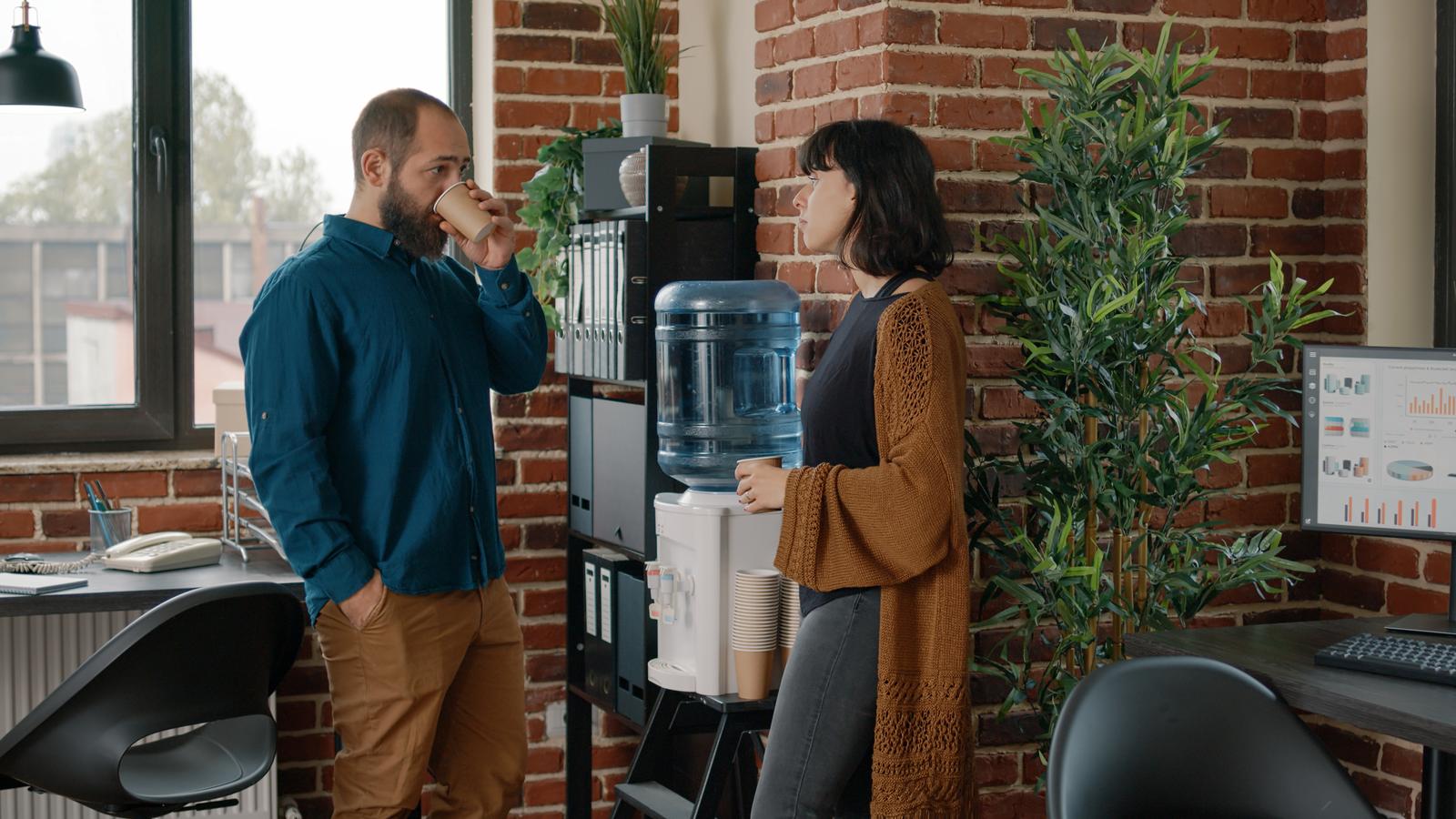Your Cart is Empty
Delivering spring water FREE throughout New South Wales, Victoria & the ACT
Delivering spring water FREE throughout New South Wales, Victoria & the ACT
Delivering spring water FREE throughout New South Wales, Victoria & the ACT
Delivering spring water FREE throughout New South Wales, Victoria & the ACT

May 30, 2023 2 min read
Water coolers are a common sight in many workplaces, schools, and homes these days – especially in Australia, where the weather is hot and hydration is key. Water coolers provide a convenient way to dispense clean and refreshing drinking water. But have you ever wondered how these devices actually work? In this blog, we'll take a deep dive into the inner workings of water coolers and explore the science behind them.
There are two main types: bottled water coolers and bottle-less water coolers. Bottled water coolers, as the name suggests, use bottles of water that are placed on top of the cooler. Bottle-less water coolers, on the other hand, are directly connected to a water source and do not require any bottles.
Bottled water coolers work by using a process called thermoelectric cooling. Inside the cooler, there is a cooling chamber that contains a heat sink and a fan - the heat sink is made of a material that is a good conductor of heat, such as aluminium or copper. The fan blows air over the heat sink, which causes the heat to dissipate into the air.
The water bottle sits on top of the cooling chamber, and a probe is inserted into the bottle to draw water up through the cooler. As the water passes through the probe, it is cooled by the cold plate, which is located inside the cooling chamber. The cold plate is a flat metal surface that is in direct contact with the water - it cools the water by absorbing heat from it and transferring it to the heat sink.
Bottle-less water coolers work a little differently. They use a process called compression cooling, which is the same process used in refrigerators and air conditioners. The water is drawn from a water source, such as a tap or a water line, and passes through a filtration system to remove any impurities.
Once the water has been filtered, it enters the cooling chamber, which contains a compressor, a condenser, and an evaporator. The compressor compresses a refrigerant gas, which causes it to become very hot. The hot gas then passes through the condenser, which is a series of coils that dissipate the heat into the surrounding air.
After the heat has been removed, the refrigerant gas enters the evaporator, which is a series of coils that are in contact with the water. As the refrigerant gas expands, it cools down and absorbs heat from the water, which causes the water to become cold - the cold water is then dispensed through a spigot, and the process starts over again.

Water coolers are a great way to enjoy clean, refreshing water, whether you prefer bottled or bottle-less. At Big Springs Water, we supply homes and businesses with water coolers, filtration systems, 15L spring water bottles, and all the accessories. We pride ourselves on our efficient service and affordable prices – for more information, please don’t hesitate to get in touch.
Comments will be approved before showing up.

Dear valued customers,
We will be taking a break over Christmas and New Year’s. We will be closed from
23/12/25 and open 5/1/26.
To ensure you don’t run out, please consider ordering extra bottles in advance
and stay hydrated throughout the Summer.
Thank you for your support, and we wish you a joyful holiday season!